Hi #AmazingNature Community!
Always wishing everyone a good day. Let's remember that the sun rises for @everyone!😃🌞
Once again, I bring you content that I consider to be of quality, this takes several hours of reading, comprehension and writing.💡📚
But more than that, this is one more publication so that together we can appreciate and contemplate how wonderful our nature is! I prefer the marine and aquatic environment, that is my specialty🐬🐟🦈🦀🐢🐳🐙 I hope you enjoy!🐬🐟🦈🦀🐢🐳🐙🤗
I wrote this post on the recommendation of @dannewton 😁 thank you very much for telling me! The ocean is such a vast environment that sometimes as marine biologists we forget certain topics of interest😅
Human beings are always intrigued by the sea: its animals, its waters, its color, algae, currents and much more.
Most of the studies that have been done on the sea are mostly done in shallow waters, at that level, we already know a lot about the sea, but what lies below? what animals live in the depths? Perhaps the information that I am going to share with you does not completely answer this question, but it will let us see a bit of how much there is in the depth of the ocean ...

Ilustration by Karen Carr
An article by Pablo Zamorano and collaborators
National Institute of Ecology and other institutions
Despite representing more than 92% of the surface of the oceans, the deep areas have been the least explored. Most of the human activities related to the sea are carried out in the coastal strip. The lack of studies in deep waters is essentially due to the difficulties and cost of sampling and operating work or fishing equipment at these depths. At 2000 m the pressure is 200 times higher than that of the atmosphere, natural light is totally absent (Zamorano et al., 2014).
This study was carried out in the area of the Oxygen Minimum, which varies from 250 meters deep to almost 1200 meters (there are still more beings deeper)(if you like, I can talk about it in another post)😃
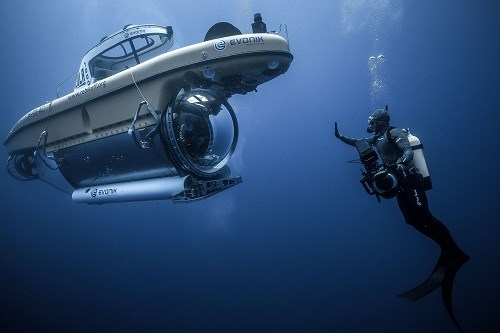
Photo by Gardner Business Media
We are going to go straight to the point, below you can read a summary of each of the biological communities found in deep waters, where there are animals of all kinds, although they are extreme conditions, it is interesting to know that we found an interesting level of diversity.
Benthic copepods
Remember the character "Plankton" from the SpongeBob cartoon? Well, basically those are these little fellows.
Benthos are defined as those organisms that live on marine sediment or between grains of sand or mud, and that measure between 36 and 63 µm (microns), depending on the marine ecosystem under study.
Copepods feed mainly on microscopic bacteria and algae found in organic matter deposited on the seabed and thus allow larger organisms such as fish and crustaceans to take advantage of food sources that would not otherwise be available. On the other hand, thanks to their limited dispersal capacity and the fact that they lack larvae (this limits these animals to move a lot), they can be easily studied. Some copepods are parasites of other animals (Zamorano et al., 2014).
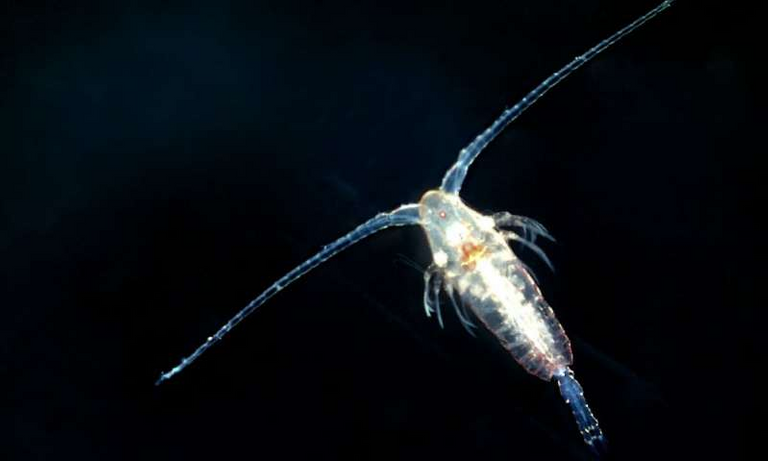
Photo by Plymouth Marine Laboratory
Polychaetes (marine worms)
Polychaetes are segmented worms, very close to earthworms, that live in marine waters (most of them), brackish or fresh, in all latitudes and depths of the planet. They are almost always seen at the bottom, when we excavate in sand or mud or on hard surfaces such as rocks, corals, shells, wood, metal, etc. Some families live freely in the water column and very few species are parasitic on fish or crustaceans.
We previously talked about them here: https://peakd.com/hive-127788/@juanbg/the-marine-worms-annelida-polychaeta-of-the-colombian-caribbean 🐛
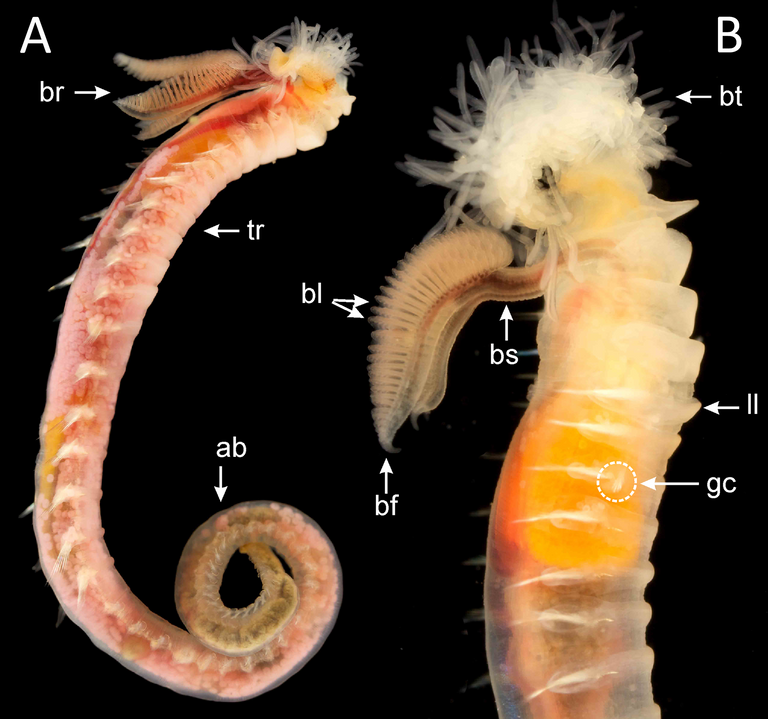
Photo by Arne Nygren ("Terebellides stroemi")
Mollusks
After arthropods, mollusks are the taxonomic group with the highest richness of described species. Mollusks have managed to colonize terrestrial, aquatic and marine environments.
Currently there are many scientific works of different kinds that treat deep-sea mollusks around the world. These studies have been carried out at different spatial scales and have made it possible to establish hypotheses about its distribution, its diversity and its abundance.
The Zamorano et al. research obtained a total of 56 species of mollusks for deep waters!
Of these species, maybe 5 are newly discovered species and another 16 are from a new geographic record, that is, they were seen there for the first time in history!
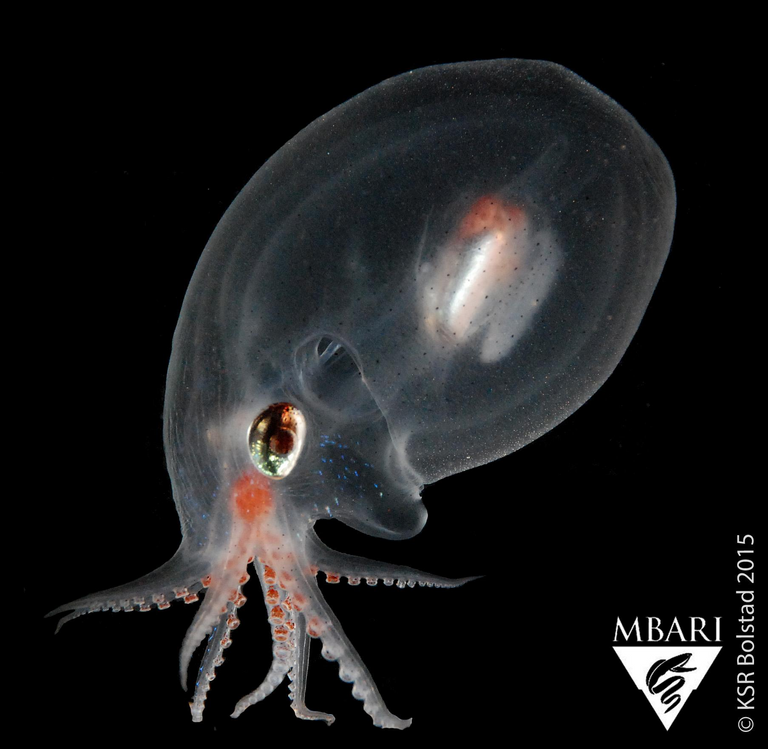
Photo by MBARI "Japatella sp."
Decapod crustaceans
Along with mollusks, decapod crustaceans are surely the best known of marine invertebrates, as they include animals such as shrimp, lobsters, and crabs.
However, despite being found in virtually all marine habitats, sometimes very abundantly, the vast majority of decapod crustacean species are unknown to the general public. In total 53 species of decapod crustaceans were collected during this study.
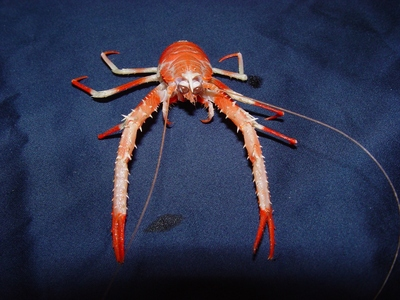
Photo by Tamara Frank "Munidopsis sp."
The Lophogastrida? (possum shrimp)
From this area we already begin to see somewhat strange animals, this is the case of shrimp called "lofogastridos" commonly known as opossum shrimp. This group is one of the least studied in the Gulf of California and the Mexican tropical Pacific. Their presence in oxygen-poor areas is facilitated by an enzyme that allows them to fix oxygen even in a very low concentration, in fact, very little is known about them.
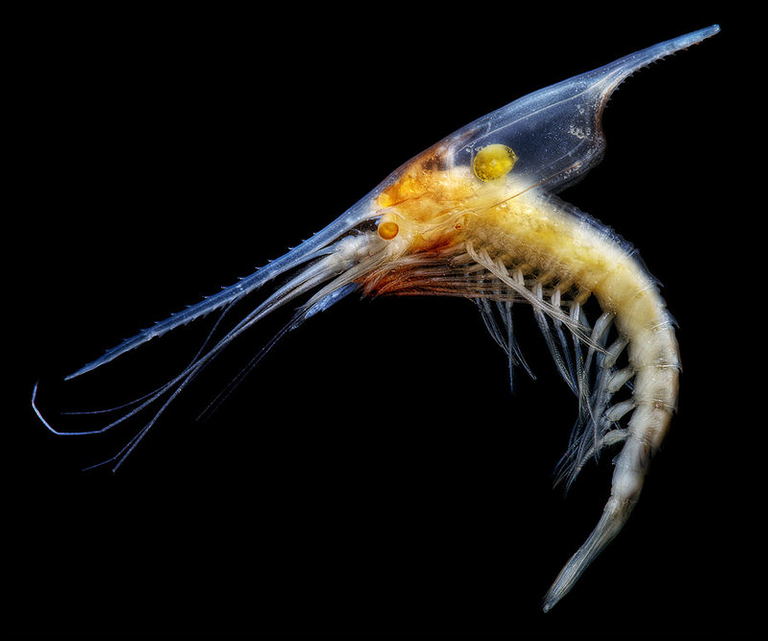
Photo by Alexander Semenov
Fish (strange fish)😨🐟
Fish that inhabit environments below the limit of the photic zone (<200 m) are considered deep-sea fish (Marshall 1971).
Talking about deep-sea fish is very extensive, since each species has different shapes and habits, but it is important to say that some of the times that were found in this study are again geographic records! As is the case with the creepy chimeras and the famous Blobfish! We'll see some strange fish next ...

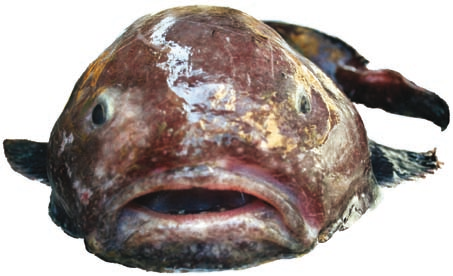
The Blobfish!😨😱
Photos by Zamorano et al. (original research)
Video made by NOAA

Hope it will work today :)
@tipu curate
Upvoted 👌 (Mana: 36/45)
Thanks a lot for the support @crazy-andy 😊🐬
Another fantastic and informative article @juanbg, many thanks for sharing!
Its like another world down there in the deepest depths of the oceans. The conditions are so extreme (no light, cold, and high pressure) that its no wonder that some of these creatures look so 'alien' to us!
That's right bro, thanks for reminding me
Congratulations @juanbg! You have completed the following achievement on the Hive blockchain and have been rewarded with new badge(s) :
You can view your badges on your board and compare yourself to others in the Ranking
If you no longer want to receive notifications, reply to this comment with the word
STOP